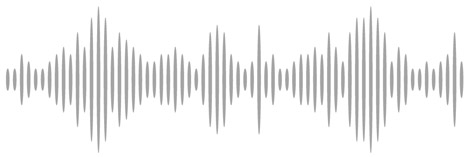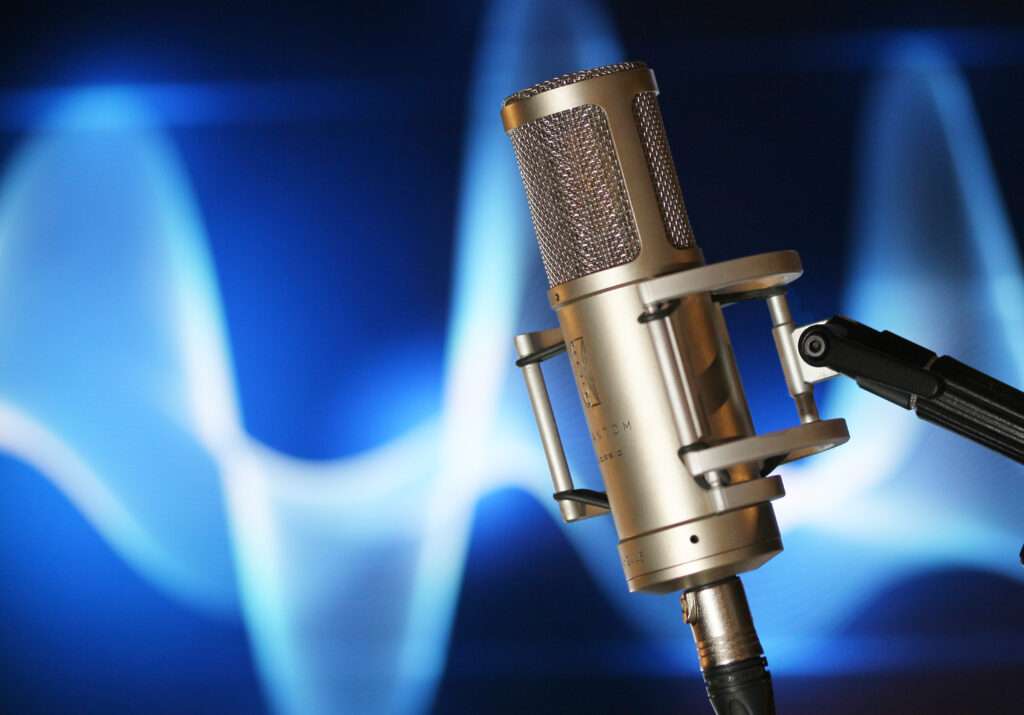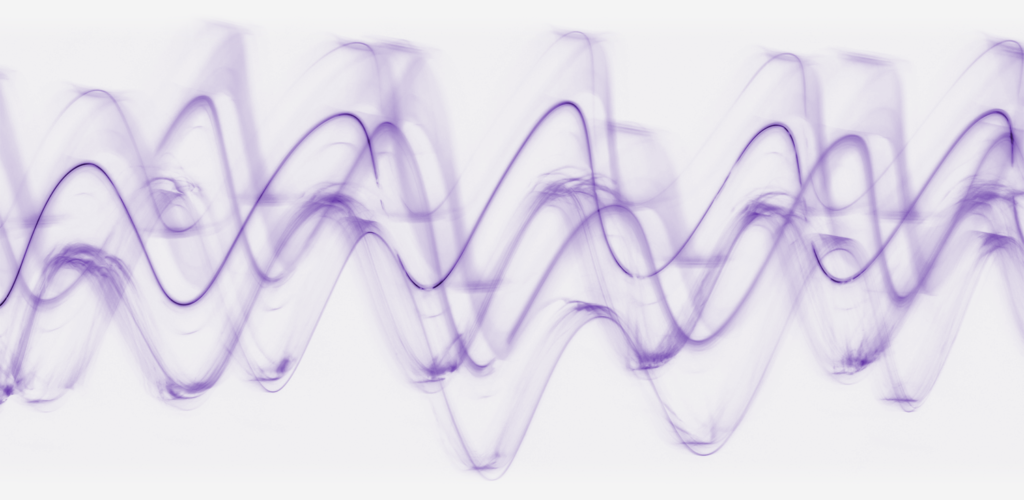For the purpose of a documentary film on cephalopods (octopuses, squid and cuttlefish), I decided to explore new sound horizons … under water.
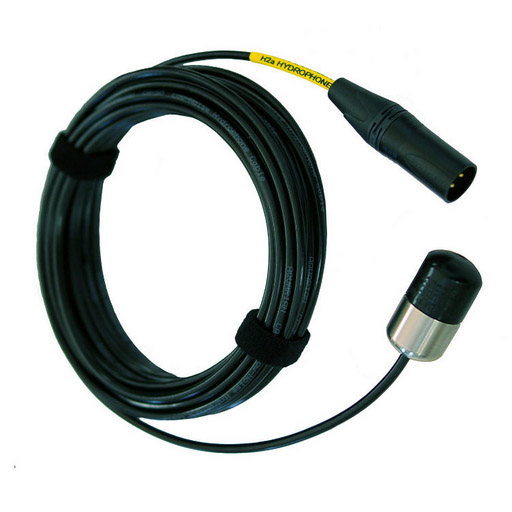
I bought two hydrophones, microphones with a strange appearance, suitable for aquatic recording.
A little physics…
The behavior of sound in water is very different from the behavior in air.
First, sound travels in water at a speed of 1500 m/s and in the air at only 340 m/s. Our brain is used to analyzing the delay between our ears to locate the origin of a sound. This phenomenon is called the Haas effect. In water, sound travels 4 times faster. The delay between our ears is therefore much lower and it is difficult for us to perceive sounds in stereo.
During a recording test in a river, I started using standard spacing between the two hydrophones (arround 20 cm). Unsurprisingly, the sound was narrow, with a poor stereo image.
To solve this problem, I spaced the 80 cm microphones with a large stereo bar, usually used large musical ensembles recording. Simple and efficient.
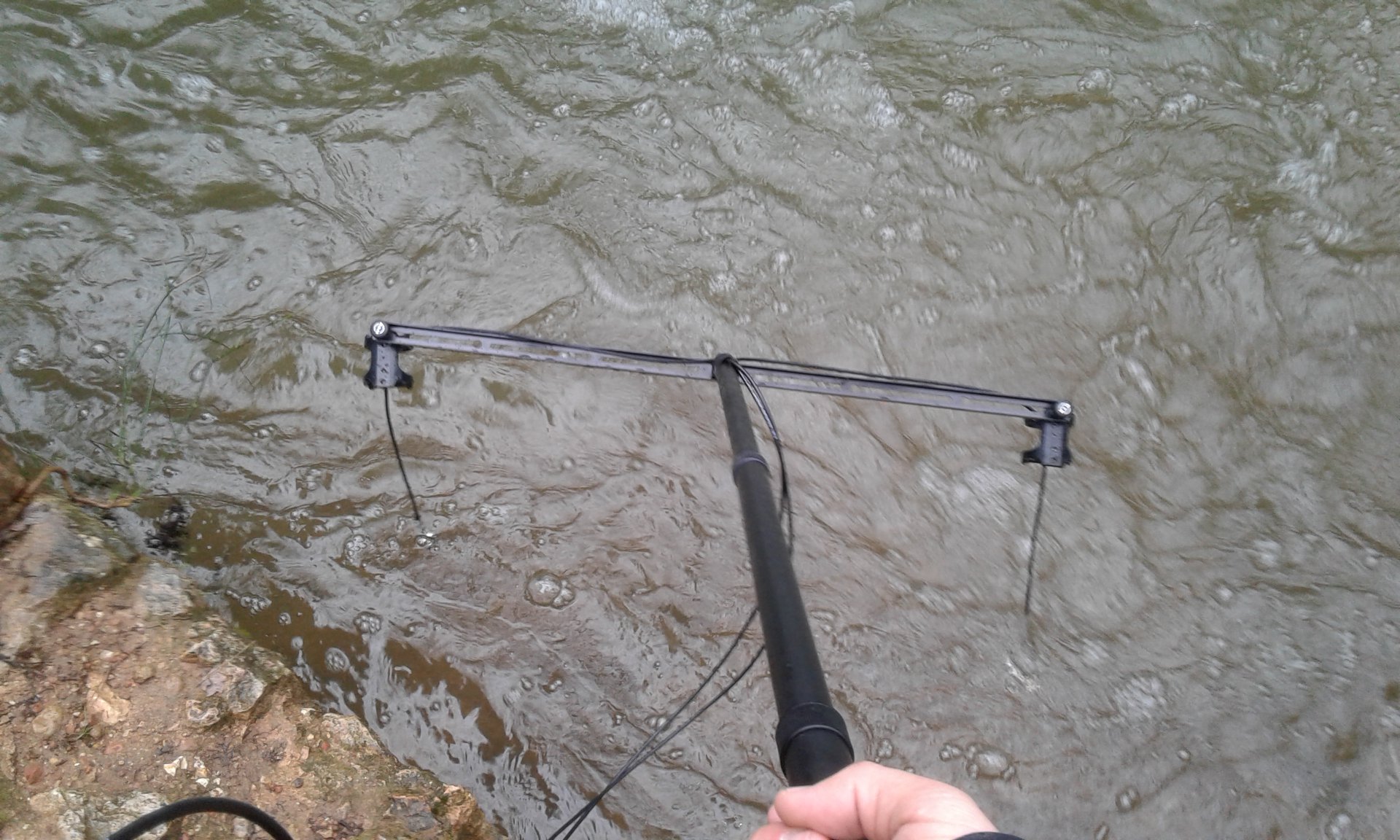
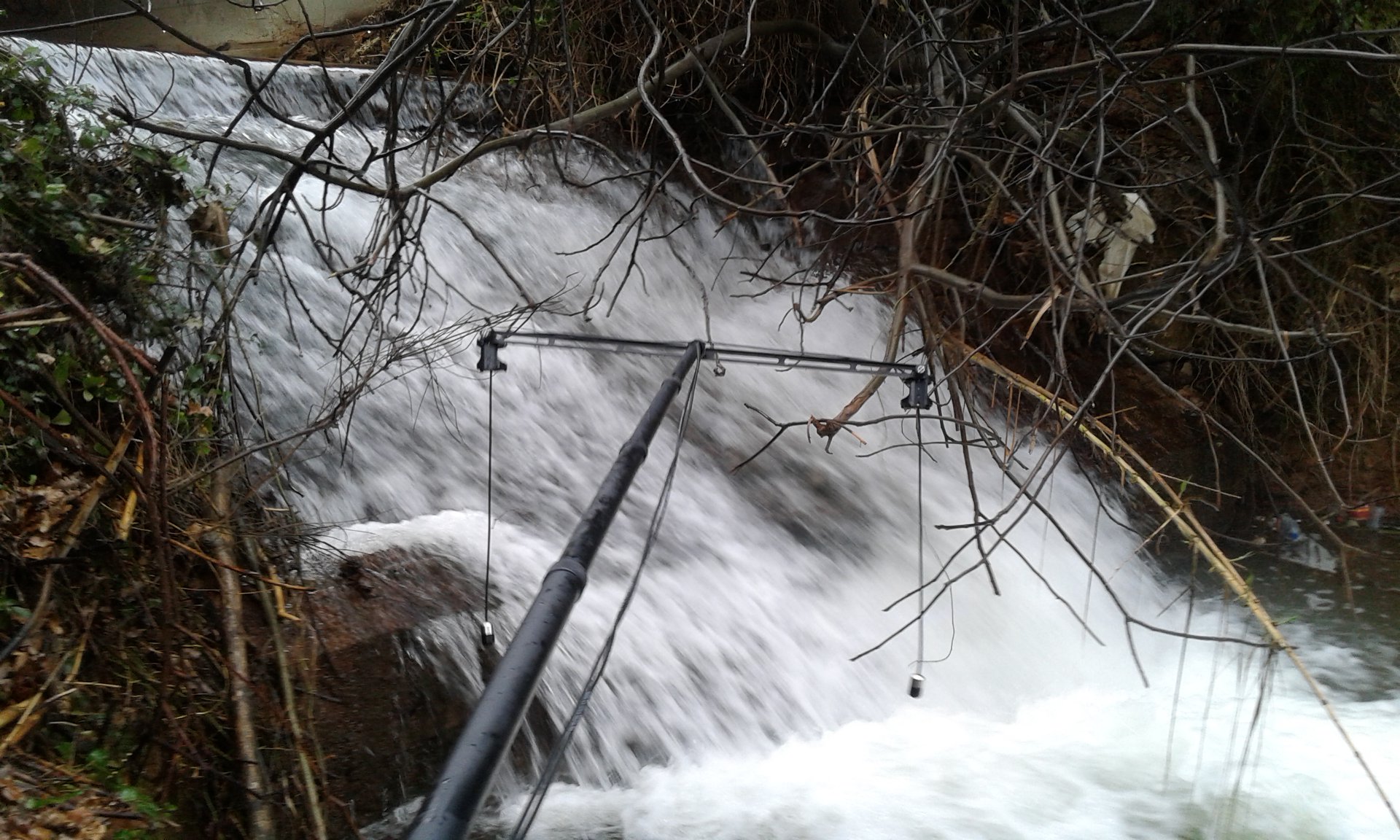
The propagation of sound in air and in water is very different. In the air, the timbre of sound is greatly altered by distance. Basses travel much further than high-frequency sounds. For example, when an airplane flies at high altitude, you hear only the low frequencies of sound on the ground. If it flies at low altitude, you can clearly hear its timbre. Our brain is used to this phenomenon to assess the distance from a sound source.
Conversely, in water, the high-frequency sounds travel very far. If it’s great for dolphins to communicate, it’s absolutely unnatural for our ears. Through hydrophones, the engine of a boat sailing more than a kilometer away seems very, very close.
In practice
During the recording sessions in the sea, the sounds were very bright and sometimes aggressive. They seemed unnatural. Perhaps also because our mental representation of aquatic sound is distorted. In the movies, low-pitched sounds are usually used in scenes that take place underwater.
So we looked for a compromise for this documentary. The idea was to EQ our hydrophonic sounds. We were thus able to keep their characteristics, while making them close to the standard. So we have distorted the underwater sounds to make them more natural!
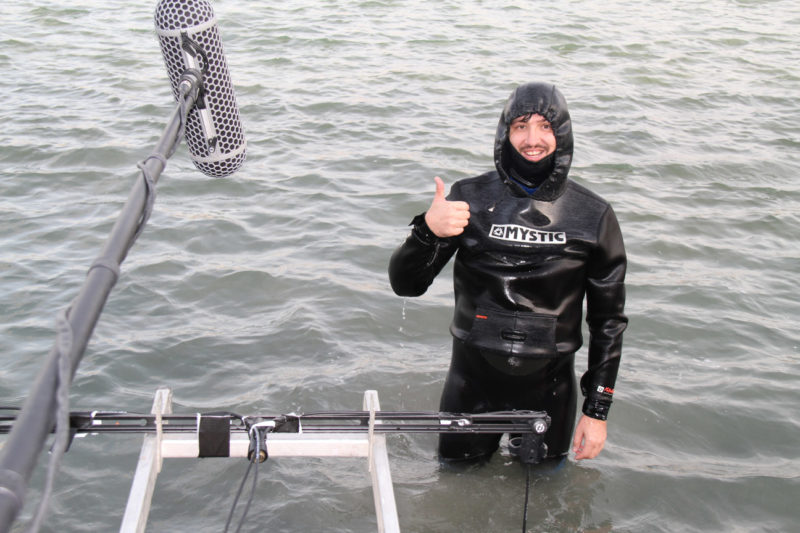
The result
Here is an underwater take, raw then equalized. Which one sounds more natural to you?
